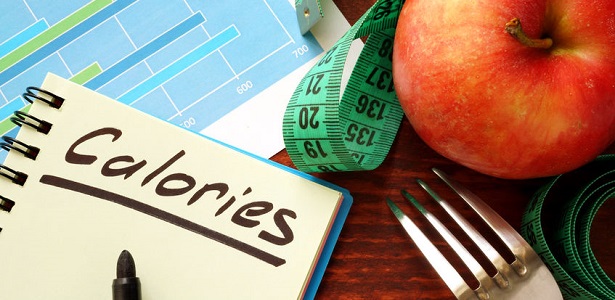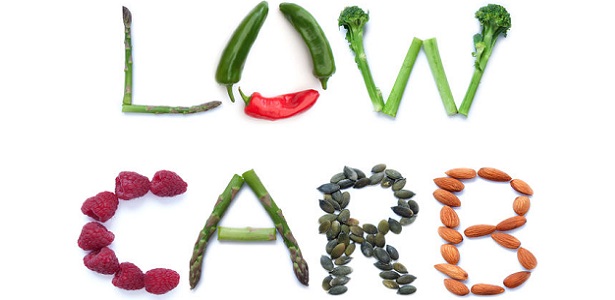
Calories In The Ketogenic Diet
The ketogenic diet is a form of the low carbohydrate diet. The idea is to reprogram the body’s metabolism to use fats as the major source of energy. By doing this, the energy is more sustained and the body breaks down some of the fat storage that it has. When the body is severely low in carbohydrates, the main source of glucose, it breaks down fats to release glycerol which can be converted to glucose. It also oxidizes the fatty acid chains which are released in order to make substrates that can enter the chemical reactions that produce energy. These processes generate a byproduct called ketones. This is where the diet gets its name from. But fats are very calorie dense foods and a person who follows a ketogenic diet can easily overshoot their recommended calorie intake. This article, therefore, determines how many calories a person should take in whilst following a ketogenic diet.
The foods that the diet includes
The diet suggests cutting out all forms of refined carbohydrates such as bread, rice, potatoes sugar and sugary drinks. Many people use refined carbohydrates as a staple in their diet. The ketogenic diet recommends using fats as a staple instead. A person conducting the ketogenic diet should also include high protein sources in their diet. Examples of these are red meat, chicken, fish, butter, olive oil and flaxseed oil. Individuals should also include normal sources of minerals as long as they do not contain high carbohydrates. For example, milk as a source of calcium, vegetables as a source of vitamins and minerals, restricted fruit intake and a reasonable amount of salt. These foods are also said to improve satiety – the feeling of being full – so that the person on the diet feels a less frequent need to eat.
Any sort of cheating on this diet should be considered very carefully because any form of carbohydrates completely disrupts ketosis (the formation of ketones through the breakdown of alternative energy sources).
The ketogenic ratio
The ketogenic ratio is the ratio of fats to other dietary sources (such as proteins and carbohydrates) in a person’s diet. For a ketogenic diet to be effective, a person’s ketogenic ratio should be between 2-to-1 and 5-to-1. This ratio can help a person to determine the estimated amount of fat they should be consuming on a ketogenic diet. The recommended daily calorie intake for men is 2500 kilocalories and for women is 2000 kilocalories. If you break that down according to the optimal ketogenic ratio, a man should be consuming between 1650 kilocalories and 2080 kilocalories of fat per day. This equates to between 6.5 and 8 oz. of fat per day. A woman should be receiving 1350 to 1650 kilocalories of fat per day. This equates to 5.3 to 6.5 oz. of fat per day. The remainder of the calories should be mostly in the form of proteins, but can be in a small part from natural carbohydrates. For a man, this is between 3.7 and 7.5 oz. per day of proteins and carbohydrates together. A woman should consume between 3 and 5.7 oz. of proteins and carbohydrates together.
TOP 5
KETOTreatments |
|||||
| Approved Science Keto | Sports Research Keto+ Plus | Giant Sports International Giant Keto | Key Nutrients Key Keto | Vaxxen Labs Keto1 | |
|---|---|---|---|---|---|
| 1 | 2 | 3 | 4 | 5 | |
| Price (1 bottle) Price (6 bottles)best value |
$49.95 $139.70 |
$50.00 $300.00 |
$29.99 $179.94 |
$49.94 $299.64 |
$69.99 $419.94 |
| Overall Rating | 99.35% | 95.40% | 92.60% | 90% | 88.70% |
| Effectiveness |





|





|





|





|





|
| Speed of Results | Extremely Fast | Good | Good | Average | Slow |
| Quality of Ingredients | Premium | Good | Average | Average | Average |
| Customer Satisfaction Evaluation | 99.40% | 95.30% | 92.50% | 90.40% | 88.73% |
| Safety Evaluation | Safe for Use | Safe for Use | Safe for Use | Safe for Use | Safe for Use |
| Customer Service Rating |





|





|





|





|





|
| Reorder Rate | Highest | High | Good | Average | Average |
| Return Policy | Risk Free | Risk Free | Risk Free | Risk Free | Yes |
| Success Rate | 99.40% | 95.35% | 92.55% | 90.20% | 88.60% |

 Subscribe Now
Subscribe Now











